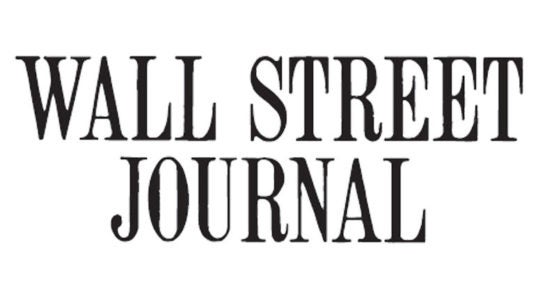It is a risky time to launch a trade war: Supply chains are snarled, shipping costs are through the roof and the Delta variant is ravaging economies. The world just might get one anyway.
On Thursday, China said it would formally apply to join the Comprehensive and Progressive Agreement for Transpacific Partnership—the successor to the Obama-era TPP free-trade agreement that currently excludes the U.S. and covers about 14% of the world economy.
That follows a Wall Street Journal report last week that the Biden administration is contemplating a new investigation into Chinese subsidies under section 301 of the Trade Act of 1974. That could result in new tariffs or a World Trade Organization case in concert with allies. The White House is also reviewing tariffs enacted by the last administration, some of which could be removed or modified.
Unilateral tariffs have proven ineffective in compelling China to make big changes to its subsidy policies, and the country’s performance during “phase one” of the 2019 Sino-U.S. agreement has been lackluster. As of July, China is on track to buy only around 70% of the U.S. goods agreed upon for 2021, according to data from the Peterson Institute for International Economics. More unilateral tariffs might not do much to help.
To read the full article from the Wall Street Journal, please click here.

